| Electronic contracts in e-commerce: Transparent and convenient Fake orders are rampant on e-commerce platforms |
Currently, the total warehouse supply in Hanoi and Ho Chi Minh City is only 2,022,000 m2 and 5,130,000 m2, respectively. “With the development of the e-commerce industry, Vietnam is becoming a destination for many businesses in the manufacturing and logistics sectors. This goes hand in hand with the increasing demand for high-quality logistics real estate (logistics services),” said Ms. Trang Bui, General Director of Cushman & Wakefield, about the potential of the Vietnamese logistics market to become a global freight hub in the near future.
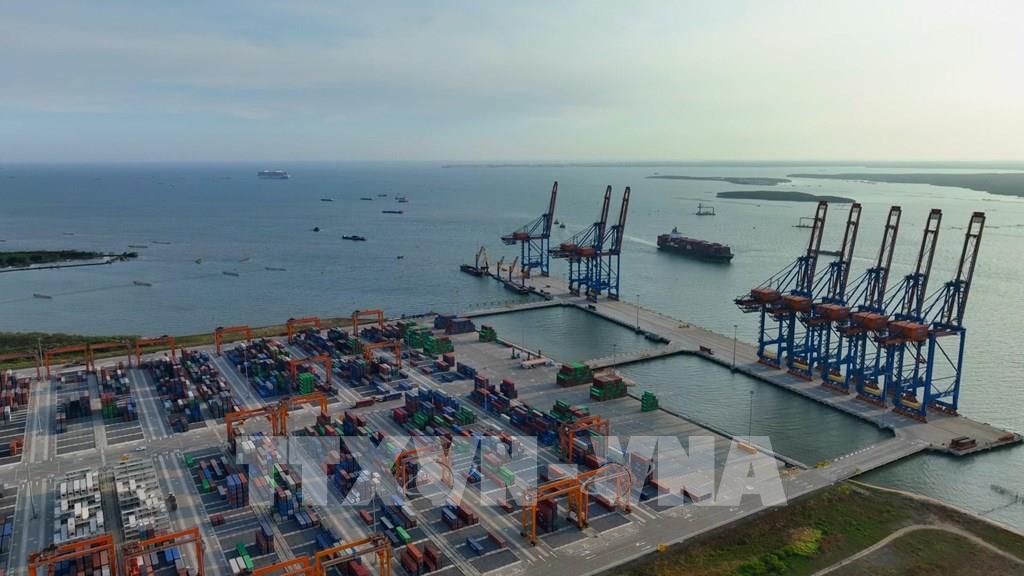 |
| Ba Ria-Vung Tau strives to become a logistics service hub in the Southeast region by 2025. Photo: Hoang Nhi - VNA |
According to Ms. Trang Bui, the total supply of warehouses in Hanoi and Ho Chi Minh City is currently only 2,022,000 m2 and 5,130,000 m2 respectively. Industrial parks and warehouse logistics in large cities, especially Hanoi and Ho Chi Minh City, are having high occupancy rates, with some places reaching nearly 100%. Demand will continue to increase in the coming time, and supply cannot meet demand, increasing competitive pressure on retail and transportation businesses.
With a large market size and a rapidly increasing number of online consumers, Vietnam's e-commerce market also has a spectacular growth rate. Specifically, e-commerce revenue continued to record impressive growth in the first half of 2023, estimated at 10.3 billion USD, an increase of about 25% over the same period, accounting for 7.7% of the country's revenue from consumer goods and services. Along with that, total foreign investment capital (FDI) increased sharply with a cumulative 452.7 billion USD; of which, in the first 8 months of 2023 alone, FDI reached nearly 18.15 billion USD, an increase of 8.2% over the same period in 2022.
According to analysis by Cushman & Wakefield experts, connecting to Vietnam is China's southern economic corridor, including several prominent regions such as Shanghai, Shenzhen, Fujian, Guangdong, etc. This is the economic region chosen as the headquarters of industrial giants in manufacturing, biochemistry, trade and electronics technology. On the other hand, Vietnam's industrial parks have received an early wave of investment from global electronics companies such as Panasonic (1971), LG Display (1995), Canon (2001), Foxconn (2007), Samsung (2008), Fuji Xerox (2013) and recently corporations such as Pegatron, Goertek, Jinko Solar. Vietnam is facing the opportunity to enhance the value of the manufacturer's supply chain.
With favorable geographical features, as well as strongly invested infrastructure and a series of investment promotion policies from the Government, it can be said that Vietnam has all the necessary factors to attract a series of "queen bees" to nest and contribute more to Vietnam's GDP.
Ms. Trang Bui believes that impressive figures and promising forecasts show that the potential of logistics in Vietnam is huge, and can completely become a "golden goose" for investors with vision and strong potential.
Infrastructure is an essential part in promoting the full potential and successful development of the logistics market. According to statistics from the Ministry of Transport, the total length of roads nationwide is 595,201 km; of which, national roads are 25,560 km. The expressway network put into operation is 1,239 km; about 14 routes and sections are under construction, equivalent to 840 km.
Large cities such as Hanoi are prioritizing the Ring Road 4 project, while Ho Chi Minh City is prioritizing Ring Road 3 to enhance connectivity with neighboring localities, enhance freight transport connections, and reduce logistics costs to seaports.
Regarding railways, the national railway network has a total length of 3,143 km and 277 stations, and has 2 routes connecting to China at Dong Dang and Lao Cai. In particular, the North owns a road, water and rail route connecting directly to Shenzhen, known as China's Silicon Valley, creating favorable conditions for businesses wishing to expand and distribute production in the region.
Vietnam's seaport system in the recent period has been focused on investment with current scale and technology reaching international standards, especially the container port system (the two largest seaports in Vietnam, Hai Phong and Ho Chi Minh City, are both in the top 50 largest container ports in the world). The seaport system has 286 wharfs, with a total wharf length of more than 96 km.
According to the Vietnam Maritime Administration, the total volume of goods passing through Vietnam's seaports in 2022 is estimated at 733.18 million tons, up 4% compared to 2021. Of which, exports reached 179.07 million tons, down 3%; imports reached 209.26 tons, down 2%. Notably, Cai Mep port (Ba Ria - Vung Tau) successfully received the super container ship Cosco Shipping Aquarius 197,049 DWT in 2021, Msc Ditte 200,000 DWT in 2022 and Oocl Spain 232,000 DWT in 2023, events marking milestones leading to the success of Vietnam's seaports.
In addition, for the first time, ocean carriers have been able to provide direct services from Vietnam to North America and Europe without the need for feeder vessels to connect to regional hubs such as Singapore or Hong Kong (China). The lack of feeder vessels and reduced transit costs are estimated to save about 150–300 USD/TEU for containers going to and from Vietnam.
The Government also aims to meet the demand for import and export of goods, trade between regions and areas nationwide and transit for countries in the region as well as domestic and international passenger transport by 2030. The seaport system will meet the demand through the volume of goods from 1,140 to 1,423 million tons; container cargo from 38 to 47 million TEU; passengers from 10.1 to 10.3 million passengers.
According to experts from Cushman & Wakefield Vietnam, the manufacturing industry is the heart of a country's economic development and the 'health' of an economy is directly proportional to the efficiency of its logistics system. Therefore, improving efficiency will help manufacturers, transportation and logistics service providers, and trade management agencies minimize avoidable delays, thereby increasing output and reducing business costs.
With the above attractive conditions, according to Cushman & Wakefield experts, Vietnam is fully capable of competing with Dubai (United Arab Emirates) and Hong Kong (China), even Singapore or Shanghai (China), striving not only to become a global freight transit center but also an important link like the 'extended arm' of the world factory./.
Source link



![[Photo] Prime Minister Pham Minh Chinh meets with the Ministry of Education and Training; Ministry of Health on the draft project to be submitted to the Politburo](https://vstatic.vietnam.vn/vietnam/resource/IMAGE/2025/3/25/c0e5c7348ced423db06166df08ffbe54)
![[Photo] Nhan Dan Newspaper Youth Union visits Vietnam Military History Museum](https://vstatic.vietnam.vn/vietnam/resource/IMAGE/2025/3/25/374e4f70a35146928ecd4a5293b25af0)

![[Photo] Head of the Central Propaganda and Mass Mobilization Commission Nguyen Trong Nghia received the delegation of Nhan Dan Daily](https://vstatic.vietnam.vn/vietnam/resource/IMAGE/2025/3/25/cdb71275aa7542b082ec36b3819cfb5c)








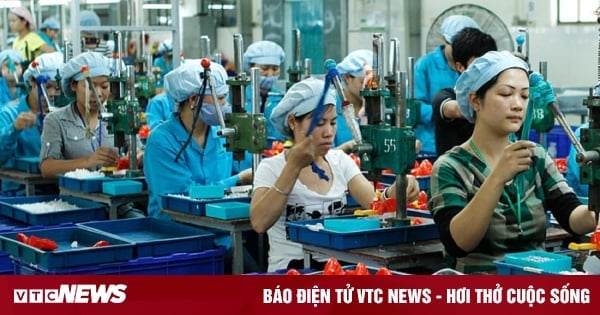
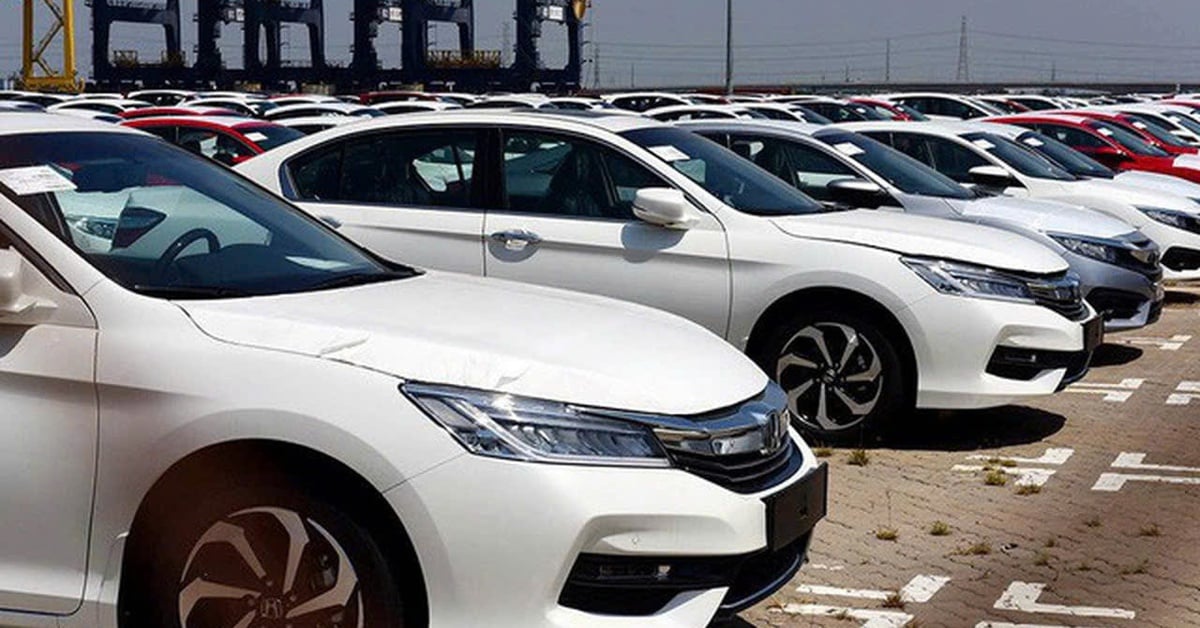
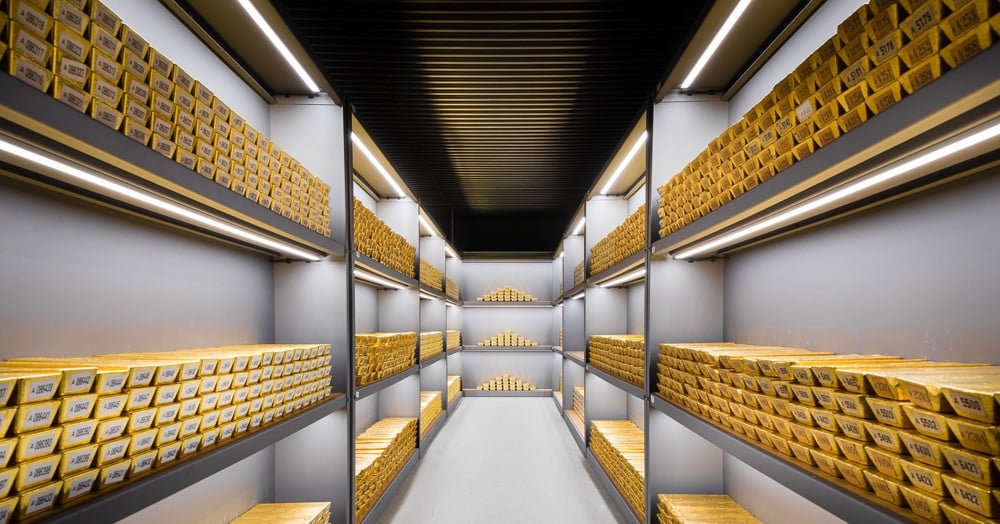
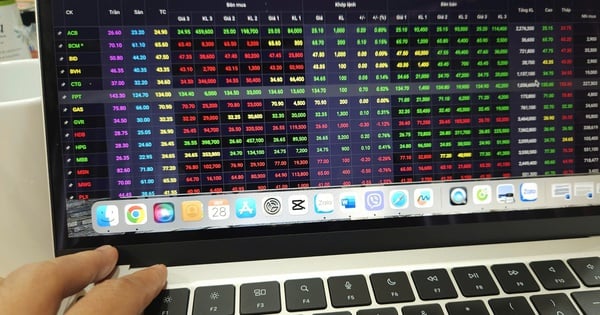

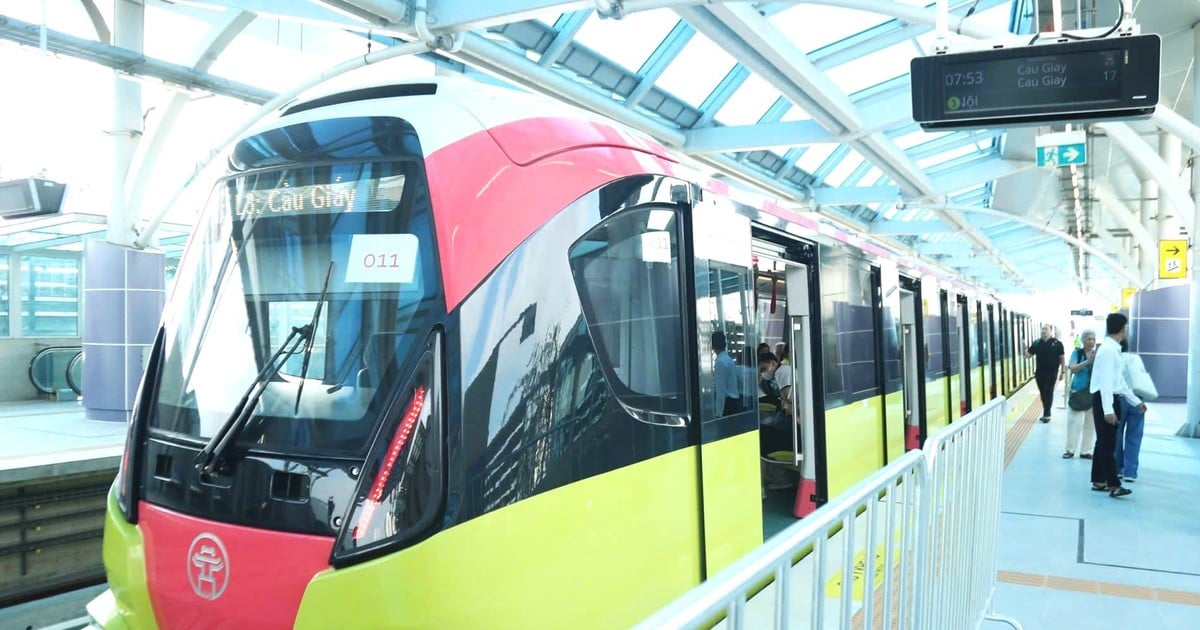




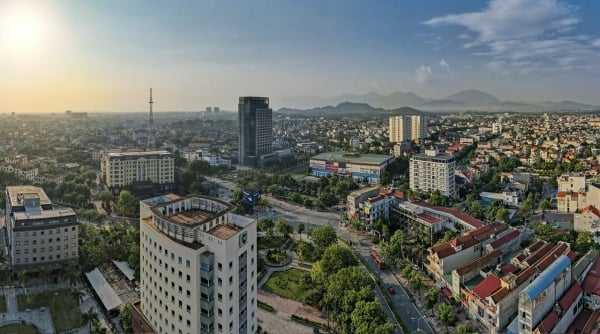
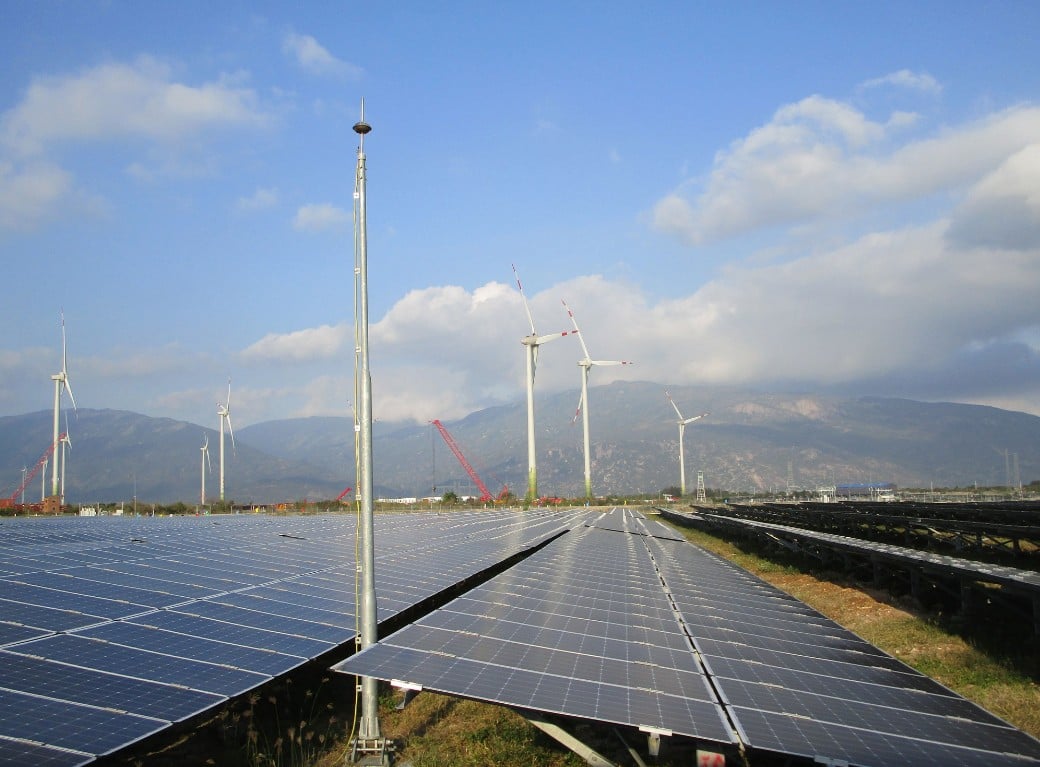
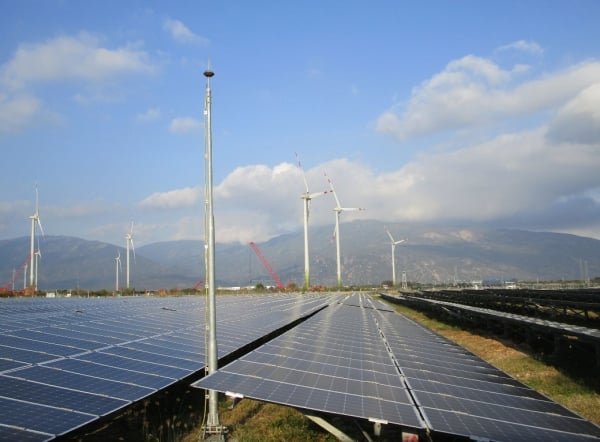
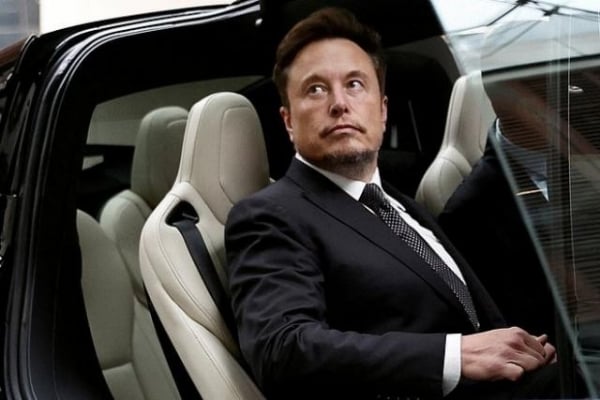


![[Photo] General Secretary To Lam chairs the Standing Meeting of the Central Steering Committee on preventing and combating corruption, waste and negativity](https://vstatic.vietnam.vn/vietnam/resource/IMAGE/2025/3/25/839ea9ed0cd8400a8ba1c1ce0728b2be)

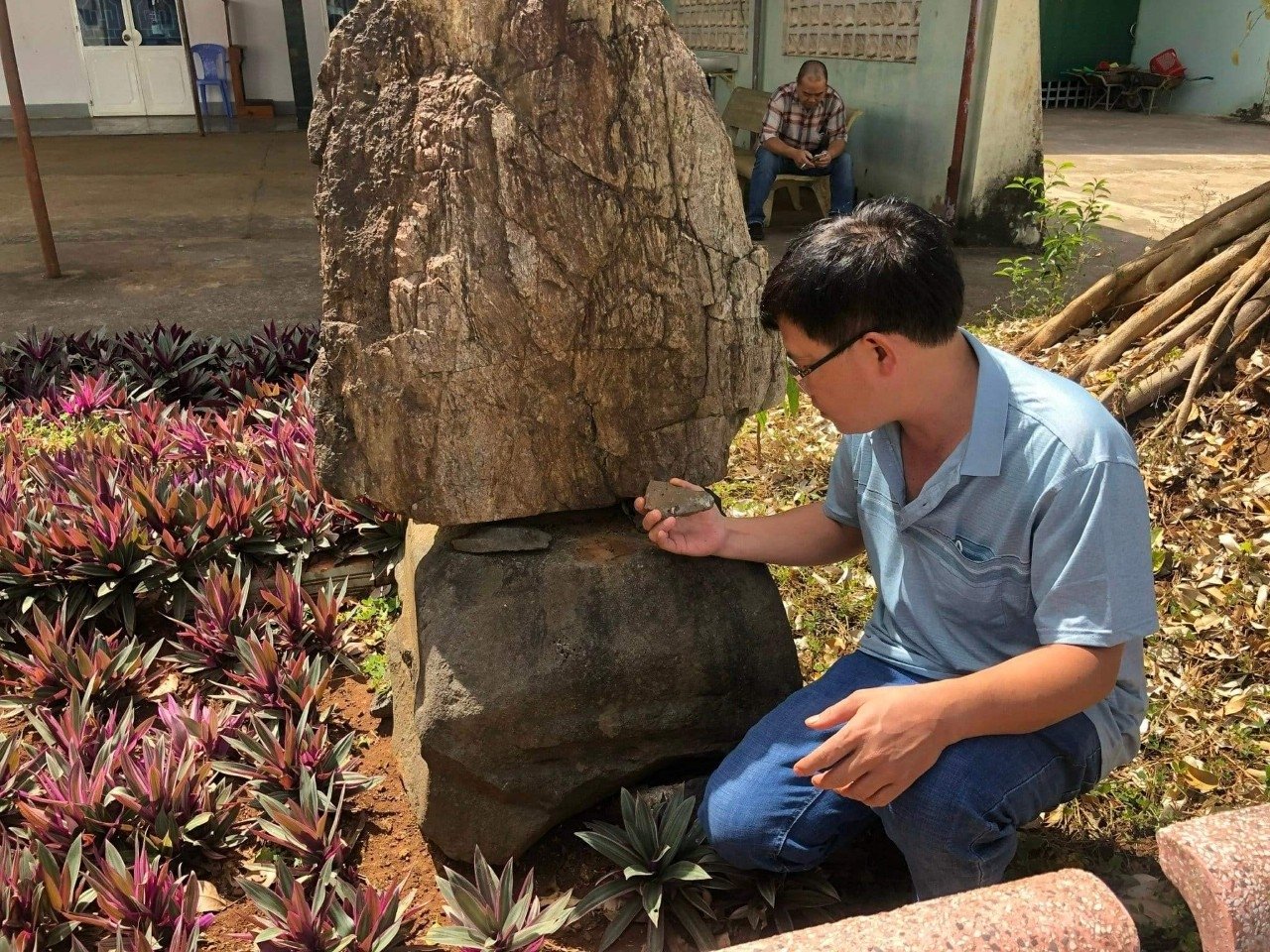





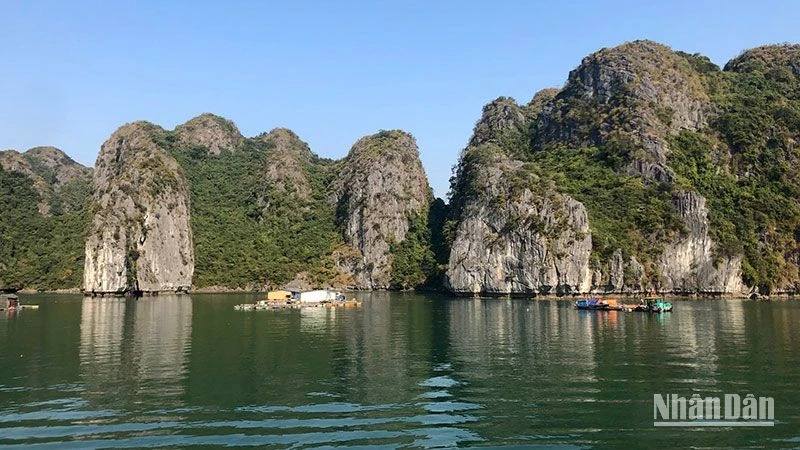

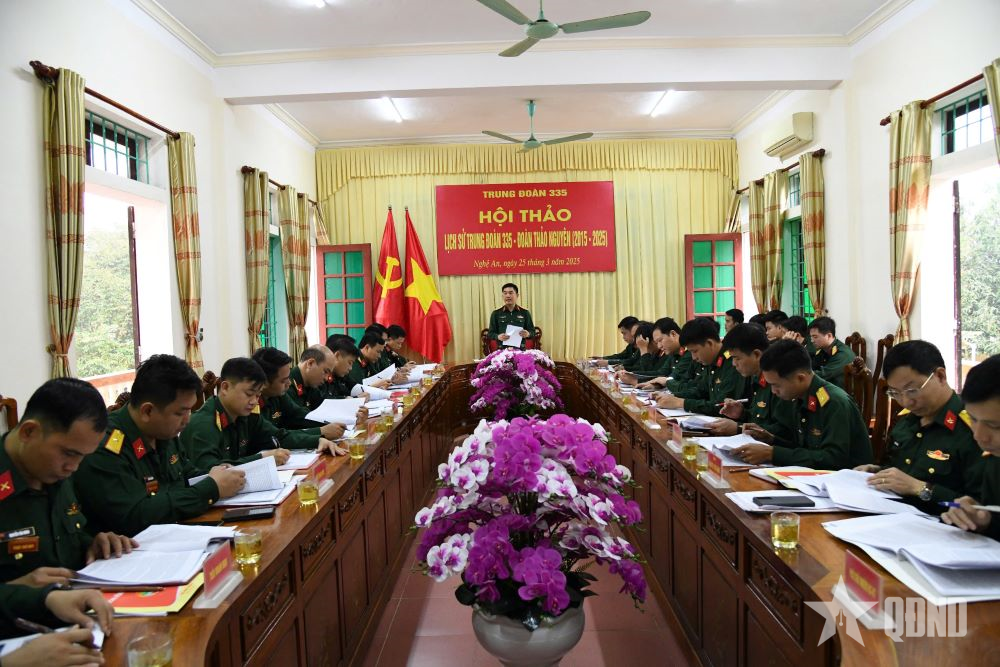



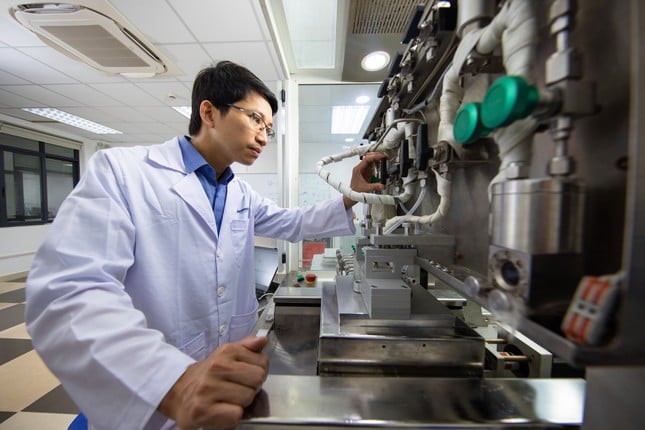


















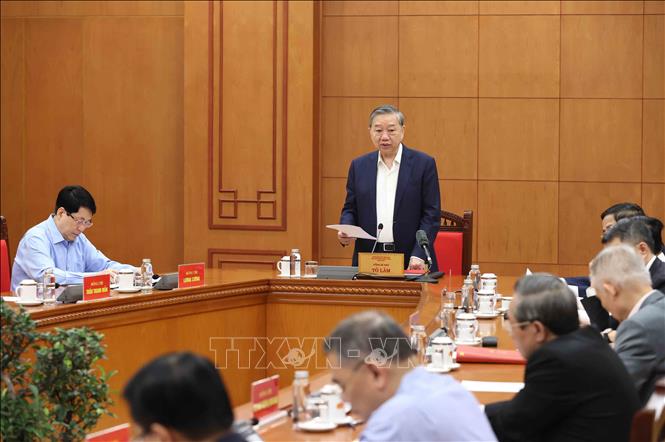

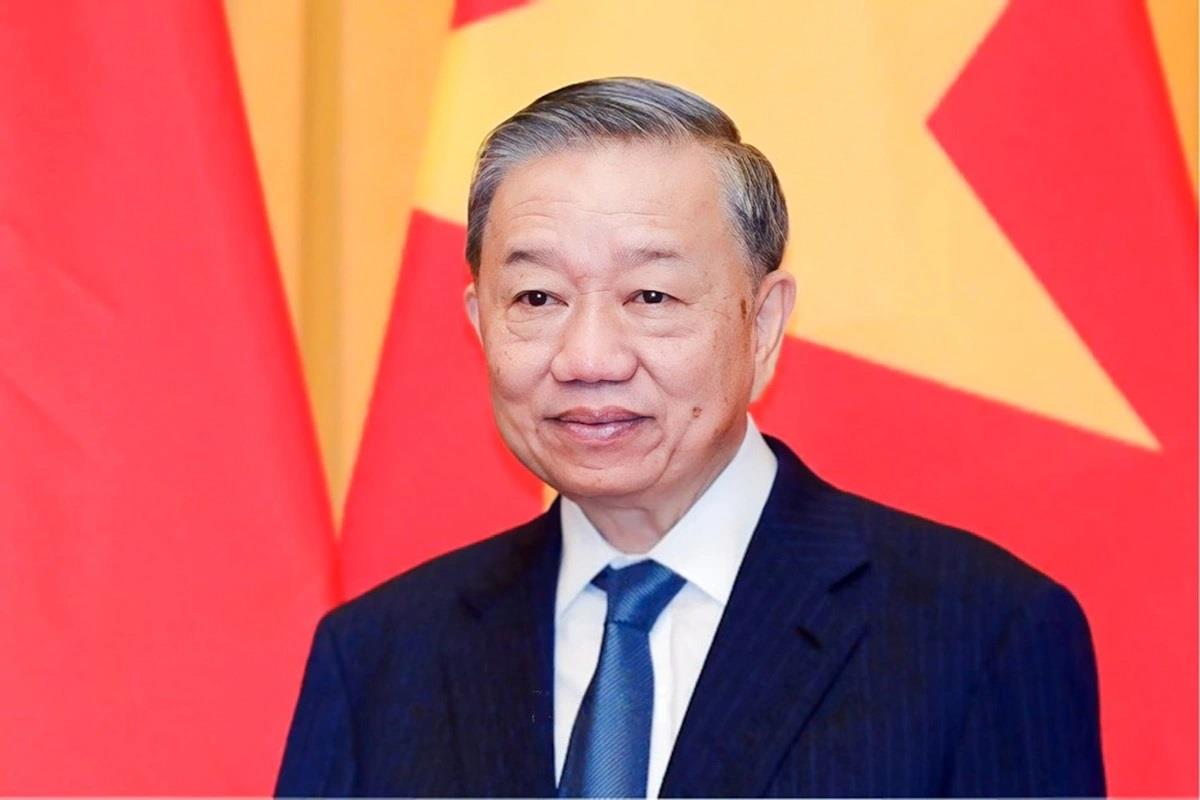


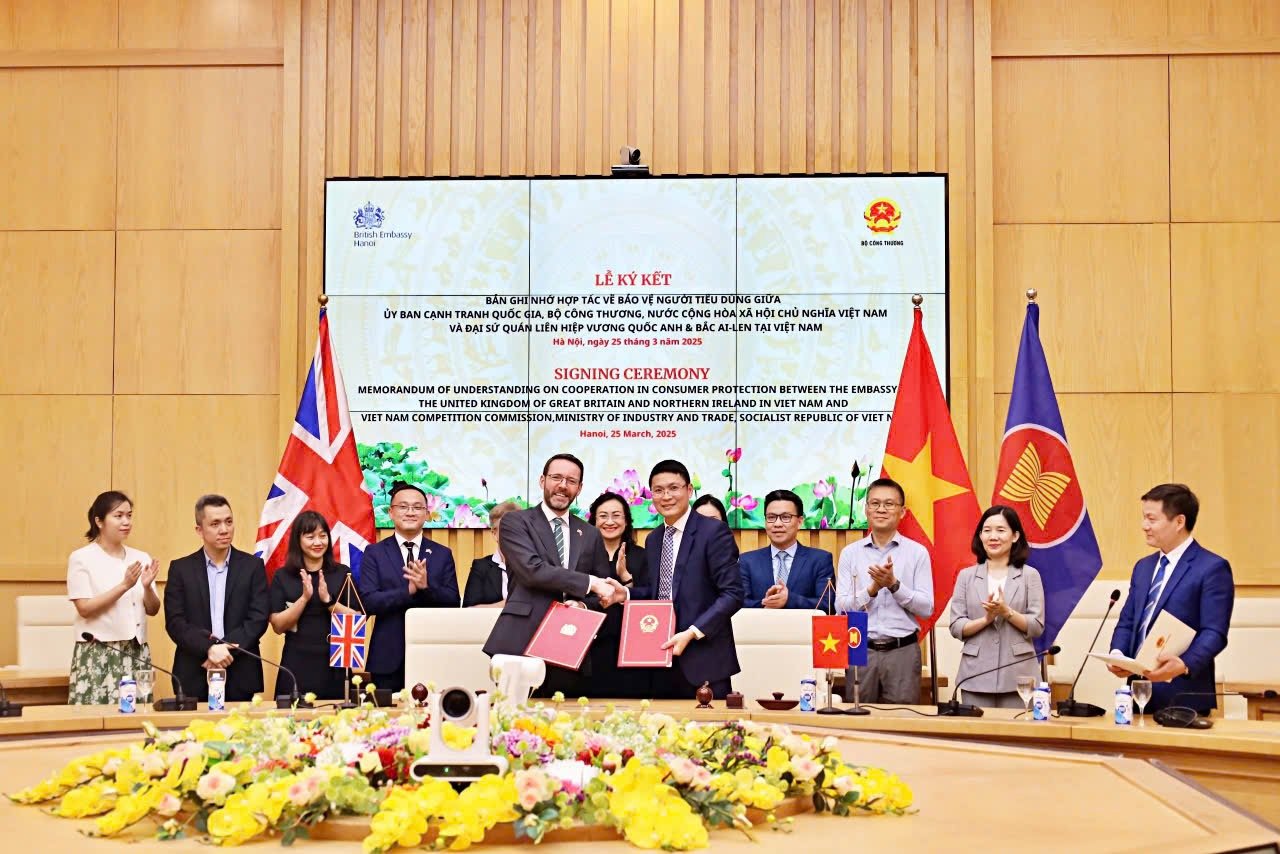

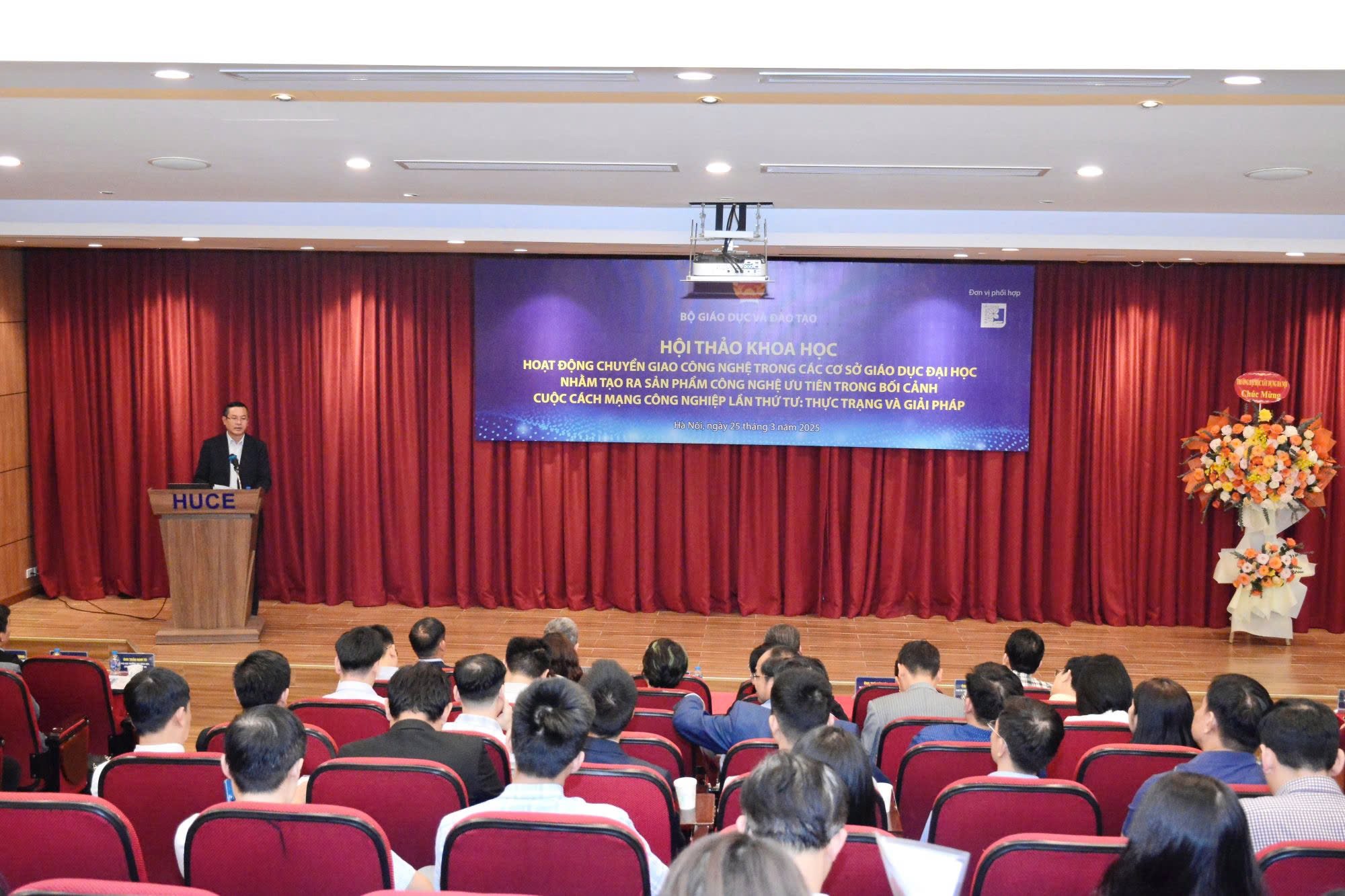
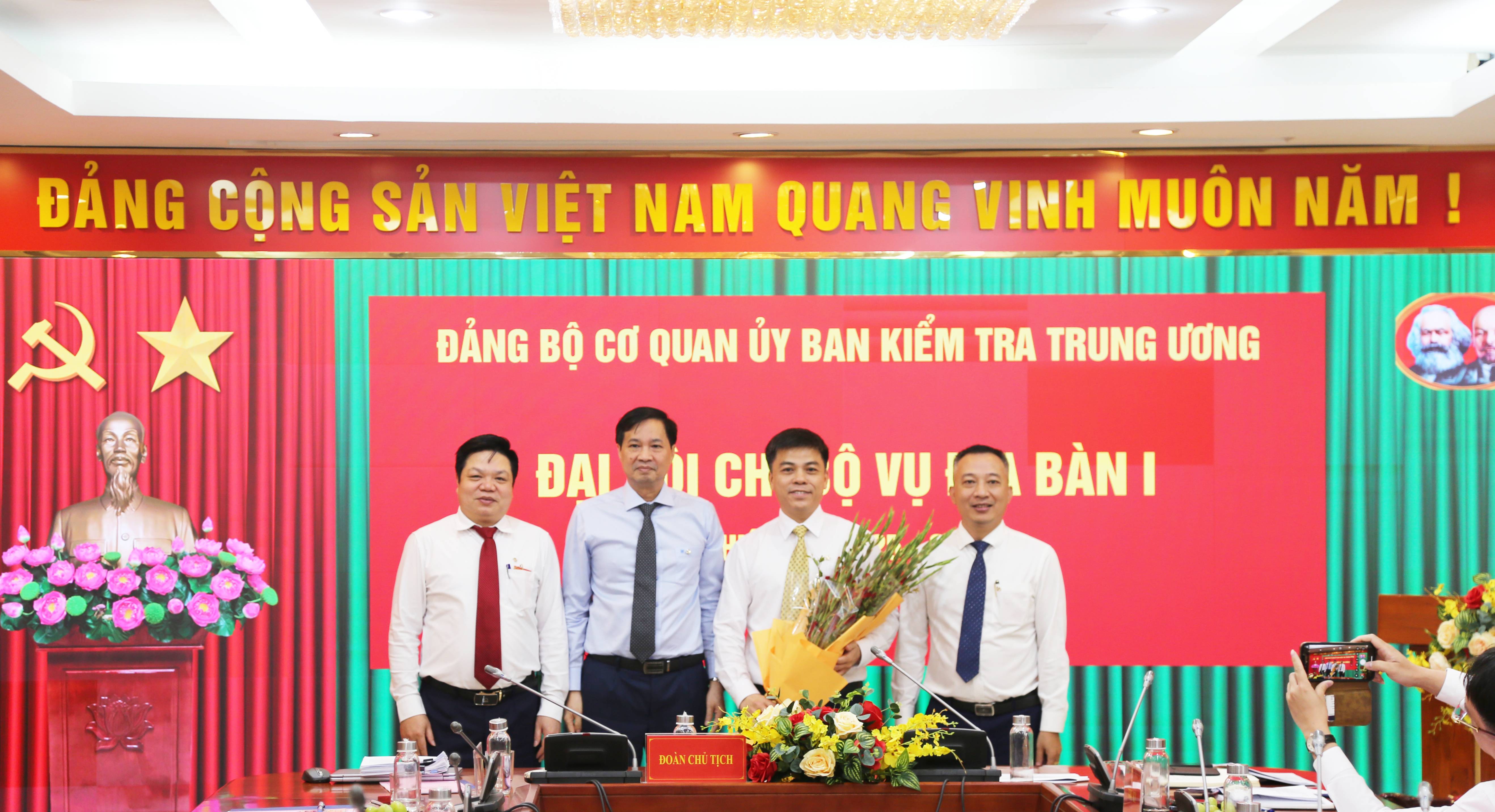



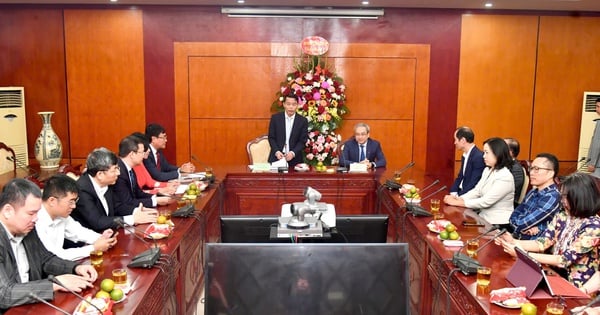
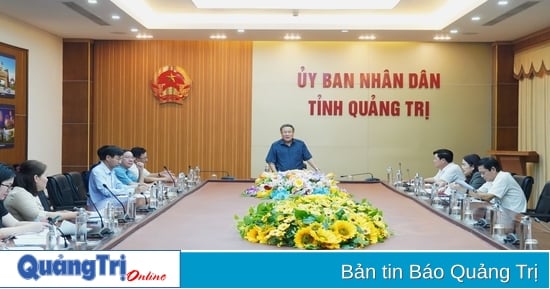
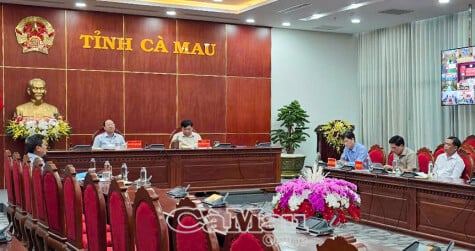
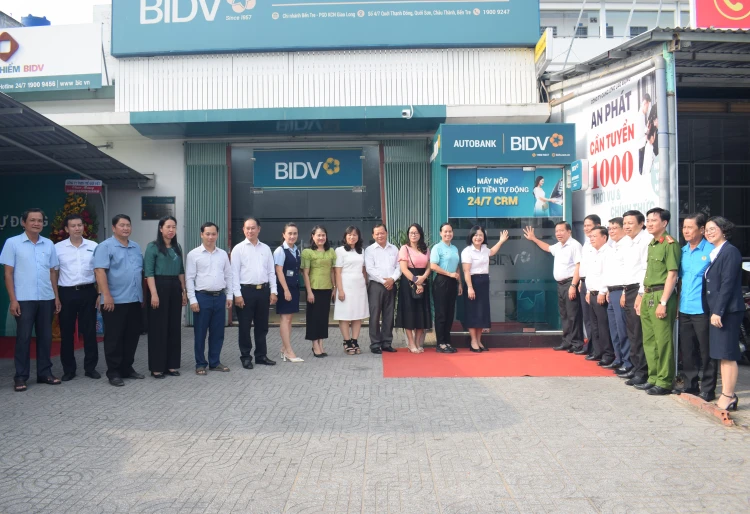




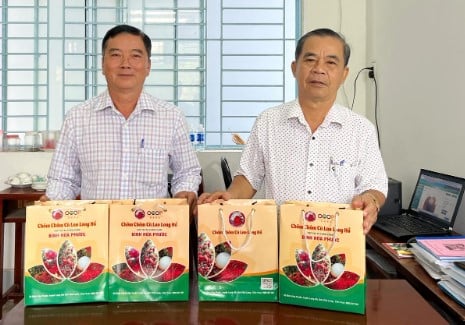

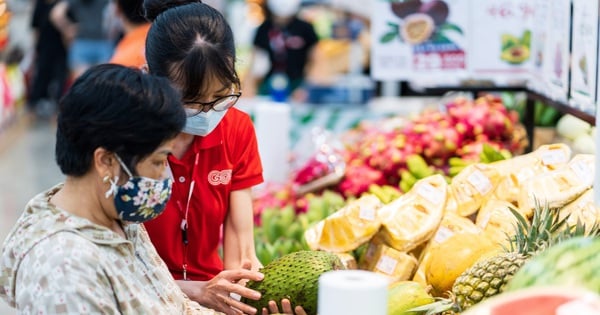




Comment (0)